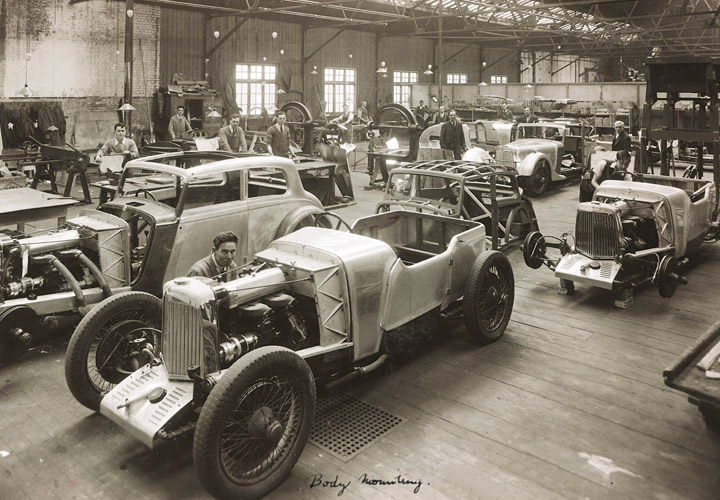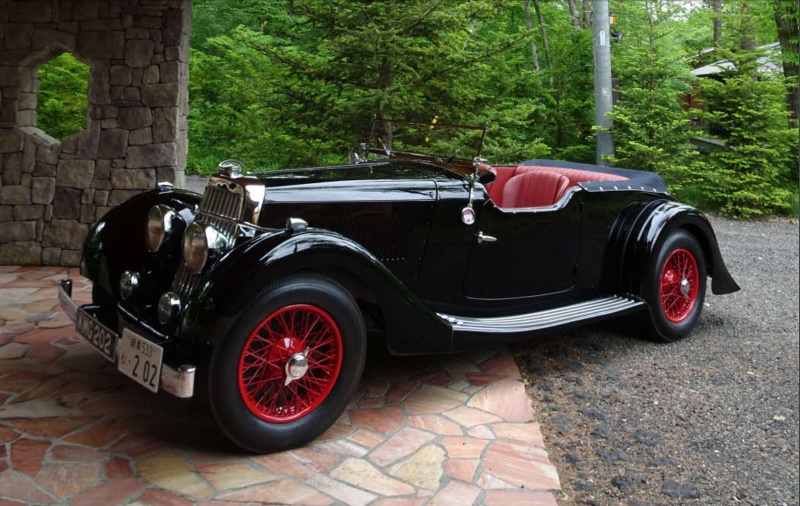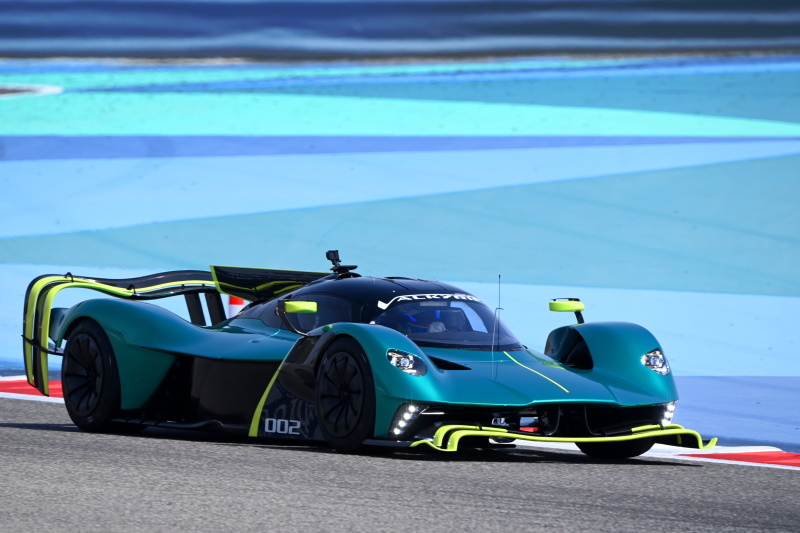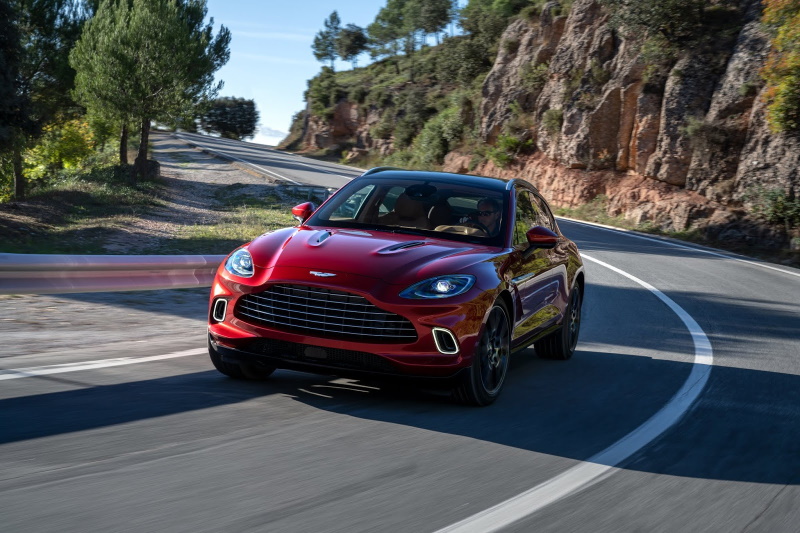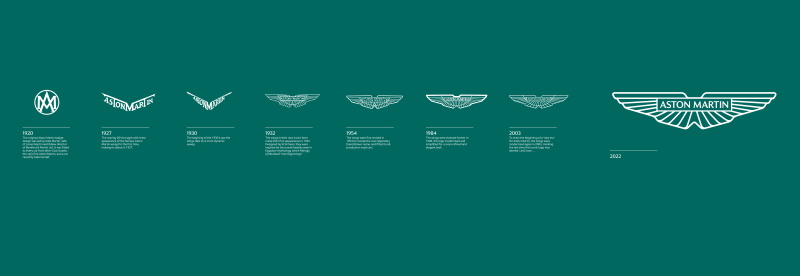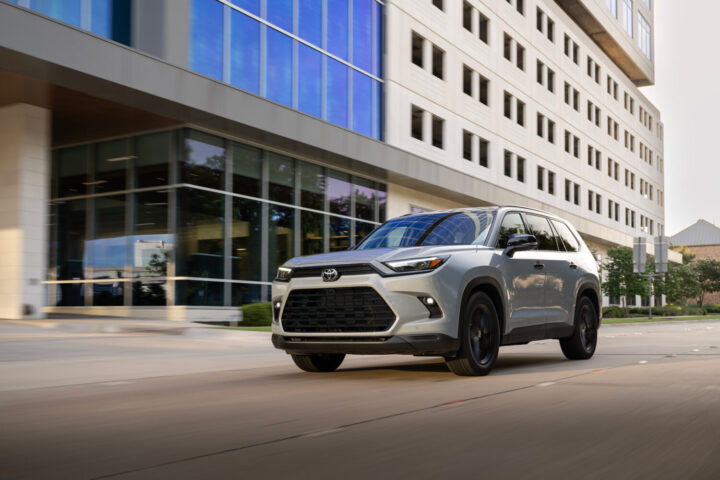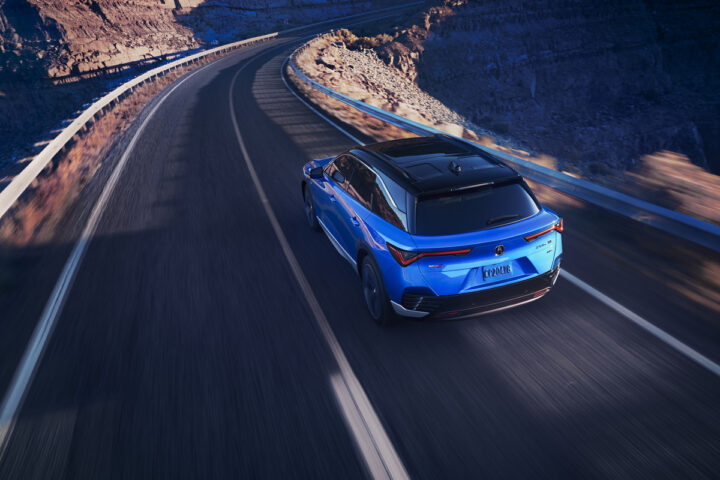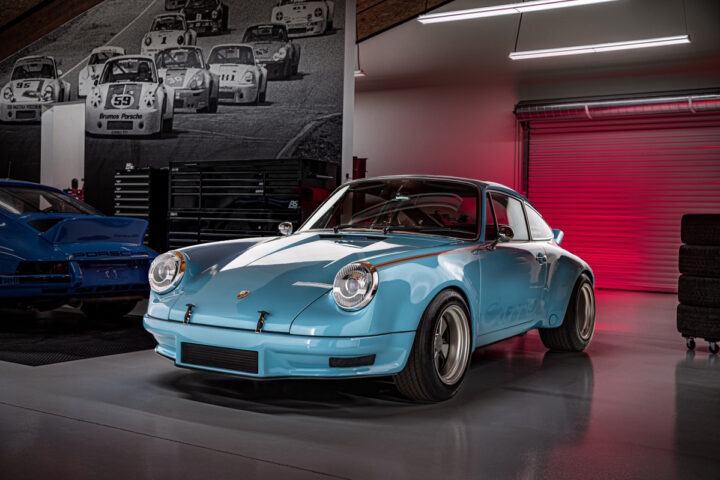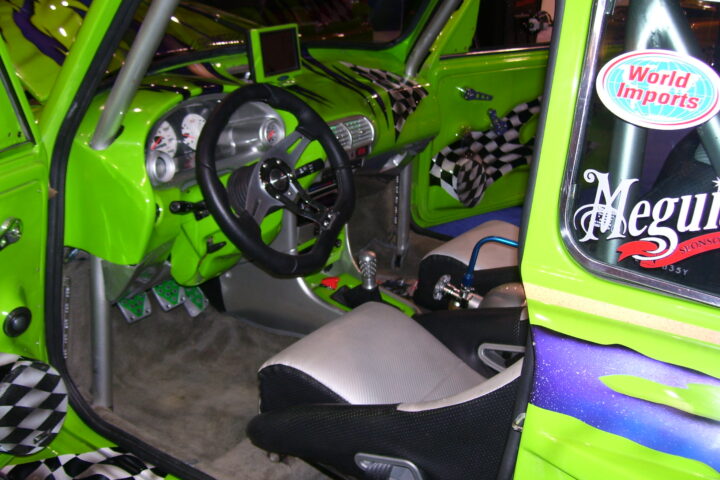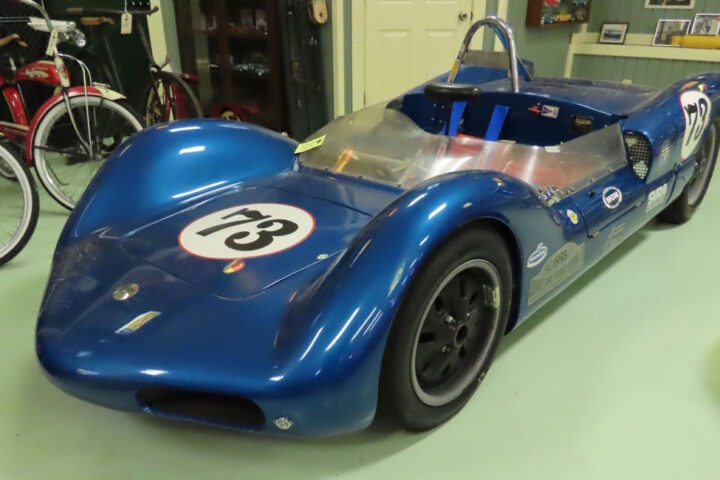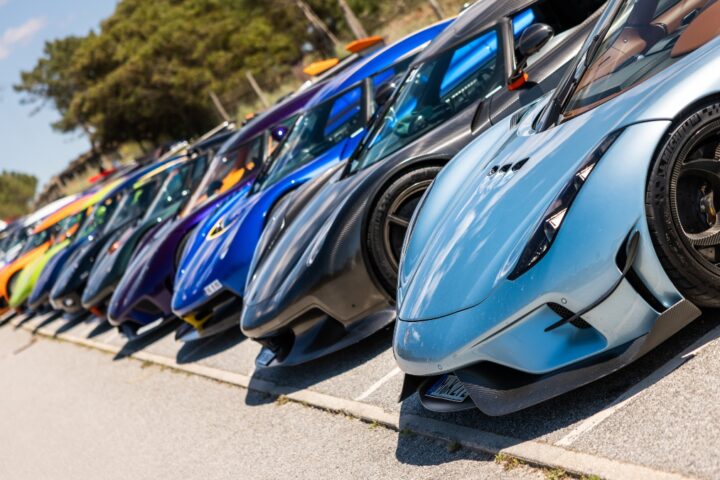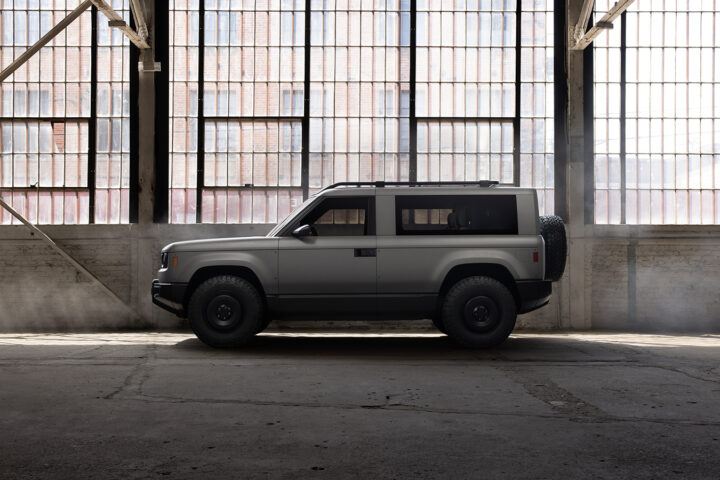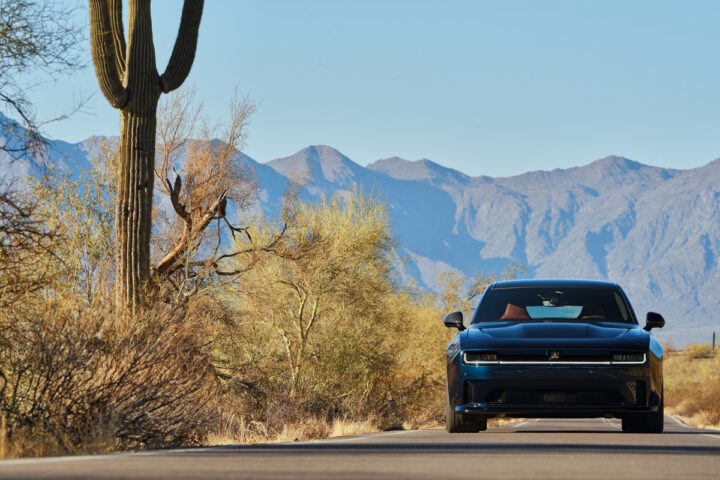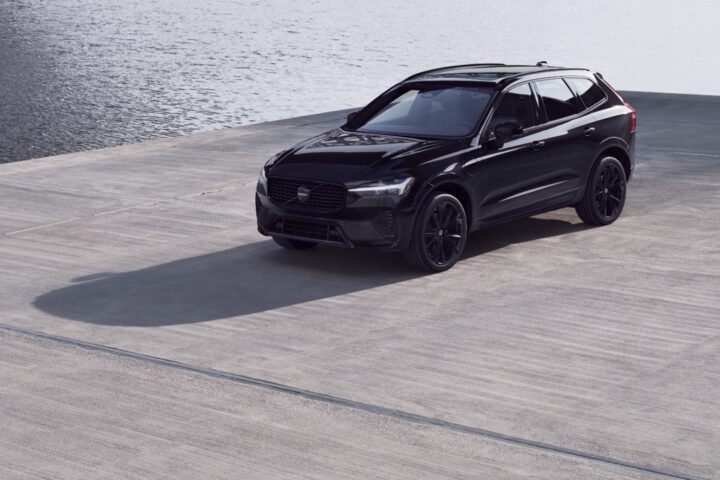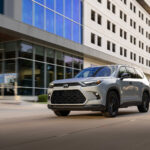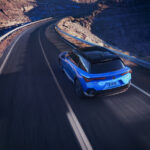Founded in 1913 by Lionel Martin and Robert Bamford, ‘Bamford & Martin Limited would get their start selling Singer vehicles from their London dealership and garage where they also serviced GWK and Calthorpe vehicles. Their first car was a modified 1908 Isotta Fraschini fitted with a four-cylinder Coventry-Simplex engine. Martin would race their cars in the Aston Hill Climb about 40 miles northwest of London, where his success gave birth to the name ‘Aston Martin’ in 1914.
One year later they would open their first works at Henniker Mews in Kensington where the first production Aston Martin would be built in March 1915, however, with the outbreak of World War I, production was halted and the machinery was sold. Lionel joined the Admiralty and Robert the Royal Army Service Corps, where they would both serve until the end of the war.
In 1920 Bamford & Martin Limited would reopen in Kensington, and within two years Aston Martin cars were competing on the international Grand Prix circuit with two cars completing the 1922 French Grand Prix, in 1923 the Aston Martin Razor Blade team car was built to break the one-hour light car record of 101.39 mph, held by AC. The car constantly reached 103-104 mph at the famed Brooklands circuit, however, tire failer would prevent the Aston from securing the record.
But despite early racing success by 1925 Bamford & Martin was forced to file for bankruptcy, only to be resurrected in 1926 by a group of investors who formed ‘Aston Martin Motors Limited’ who moved operations to the former Whitehead Aircraft Limited Hanworth works in Feltham.
Under new leadership, Aston Martin was gaining a reputation for superb engineering and design. The Halford Special would see much success setting several land speed records and taking ten podiums including four 1st place finishes in the 1926-1927 seasons, and in 1928 the company would enter their first car in the 24-Hours of Le Mans.
A-C Bertelli a designer and racing driver and his partner William Renwick, an engineer who had developed a four-cylinder 1.5 Litre overhead camshaft joined Aston Martin in 1926. Bertelli would serve as both the designer and technical director of all Aston Martins built between 1926-1937. Most of Bertelli’s designs were two-seat sports cars with bodywork by done by his brother Enrico Bertelli, a few long-chassis four-seaters, dropheads, and sedans were also built under Berelli’s direction.
During the 1930s Aston Martins would be competitive in Le Mans 24-Hours, the Italian Mille Miglia, the French Grand Prix, and the RAC Tourist Trophy. Even though the company struggled financially and changed owners twice, cars were once again put on the sideline as World War II saw the factory shifting to produce aircraft components.
Postwar the Huddersfield gear and machine tools manufacturer David Brown Limited bought Aston Martin and Lagonda, moving all operations to Newport Pagnell, home to Aston Martin Works to this day. With Lagonda, came their 2.5-liter W.O. Bentley-designed engine that would go on to power the “DB” series of cars. In 1950 the all-new DB2 Le Mans prototype was announced, a car that is the foundation for many of the iconic design cues that Aston Martin is still known for today.
In 1956 the DBR1 was built to win the World Sportscar Championship, after years of development 1959 would be the year that Aston Martin wins both the World SportsCar Championship and Le Mans 24 Hours. The list of DBR1 drivers reads like a whos-who of 1950s racing: Tony Brooks, Reg Parnell, Roy Salvadori, Les Leston, Noël Cunningham-Reid, Stuart Lewis-Evans, Carroll Shelby, Stirling Moss, Jack Brabham, Maurice Trintignant, Jack Fairman, Paul Frere,
and Jim Clark all piloted the DBR1.
Coming off of the success of 1959, Aston Martin solidified its place as a true manufacturer of exotic sports cars and began to see more commercial success. The 1964 James Bond film ‘Goldfinger’ would catapult Aston Martin into the limelight of an international audience, with the silver DB5 becoming one of the most iconic movie cars of all time. The DB5 would be produced until 1970, with the more modern DBS being built from 1967-1972, the DBS V8 from 1969-1972, and just seven DBS Loganda sedans built before finical troubles would again strike.
The 1970s was a bad time to be building expensive, high-performance cars, with the worldwide recession, the oil crisis of 1973, and increasing regulations on emissions and safety in the USA had by 1974 pushed Aston Martin into bankruptcy.
In 1975 a new group of investors leads by businessman Peter Sprague from Toronto purchased the fledgling company and pledged to turn the company around. Six months later the new company ‘Aston Martin Lagonda’ opened with 100 employees. The new range included the 1977 V8 Vantage, the convertible Volante in 1978, and the futuristic new Lagonda sedan, based on the V8 model “the fastest four-door in the world” at the time.
As a way of generating revenue and aiding in product development, Aston Martin revived the Tickford name, which they had bought in 1955 from their in-house coachbuilder. Tickford’s name had been long associated with high quality and craftsmanship. The Tickford works would produce the Tickford Austin Metro, Tickford Ford Capri, and Tickford-powered Jaguar XJS. Tickford-powered Nimrod Group C cars would come in third in the Manufacturer’s Championship and finish seventh in the 24 hours of Le Mans in 1982. But while the engineers were having fun building race cars and specials for other manufacturers, Aston Martin’s new car production for 1982 was just 30 cars.
1987 would see James Bond return to an Aston Martin in ‘The Living Daylights’ starring Timothy Dalton in the V8 Vantage. But as cool as the original V8 Vantage was the car was already ten-years-old, and new funding and designs were needed, in 1988 Ford Motor Company would become that source to purchase Aston Martin adding it to its portfolio of brands which already included British carmaker Jaguar called the Premier Automotive Group.
Under Ford, the new 1989 Virage and Vantage brought Aston into the modern era with several variants being produced including the Volante and Le Mans. In 1993 Aston announced that the DB series would be returning to production with the all-new DB7 sharing much of its chassis and drivetrain with its new sibling Jaguar. The former Jaguar factory in Bloxham, Oxfordshire would become home to the DB7 production, while the still largely handbuilt Virage variants would be built in Newport Pagnell. The DB7 was a hit with over 7,000 of them being produced, a far cry from the days of producing just 30 cars year.
Under Ford, Aston Martin would produce some of its most enduring sports cars, the DB9, Vantage, and the Aston Martin V12 Vanquish. In 2002, everyone’s favorite international spy, 007, would be behind the wheel of a modern Aston Martin again. The Aston Martin V12 Vanquish from ‘Die Another Day’ reconnected the brand to the films and again created a new generation of fans.
In December 2003, Aston Martin announced it would return to motor racing, with a dedicated division called Aston Martin Racing, which would be partnering with Prodrive to develop the DB9R. In 2005 the DB9R made its debut competing in GT Sports Car Racing, including a return to the 24 Hours of Le Mans.
In 2006, Ford began selling off its Premier Automotive Group, divesting itself of the Volvo, Jaguar, Land Rover, and Aston Martin brands. Prodrive chairman David Richards pooled a team of international investors to purchase Aston Martin for $848m, with Ford keeping a $70m stake.
The first Aston Martin Rapide was produced at the Magna Steyr factory in Graz, Austria in 2010, Rapide production would return to the UK in 2012, bringing all manufacturing in-house once again. But 2012 would be another year that would have Aston Martin looking for new investors, which they found in the form of a private equity fund, Investindurial, who purchased 37.5% of Aston Martin As sales continued to decline through 2014 Aston Martin sought new customers in emerging markets. A strategy was put in place by former Nissan CEO Andy Palmer who took the helm of Aston Martin in 2014.
2016 saw the first fruits of a technology partnership Aston Martin signed with Mercedes Benz, with the new DB11 featuring a Mercedes-AMG engine and Mercedes electronics for the entertainment, navigation, and other systems. The 2019 V8 Vantage, unveiled in late 2017, employed Mercedes twin-turbo V8 and electronic and infotainment systems.
Aston Martin CEO, Andy Palmer, has a plan to double sales over the next few years thanks to new products and a strong financial position that has taken the company from in the red, to profitable. In August 2018, Aston has announced it is ready for a long-rumored IPO, following in the footsteps of rival Ferrari.
In late 2018 Aston Martin marked another milestone, by launching the Aston Martin DBX the brand’s first Crossover/SUV. The DBX would be unveiled in China in November 2019, as a 2020 model, the first-ever Aston SUV will start at $192,086. Powered by the 4.0-liter twin-turbo Mercedes-AMG V8 that produces 542 horsepower and 516 lb-ft of torque. A nine-speed automatic transmission also supplied by Mercedes is the only option. Aston claims a top speed of 181 mph with a zero-to-60-mph time of 4.3 seconds.

